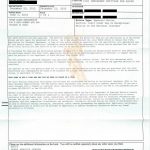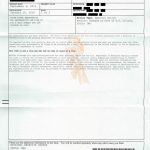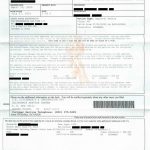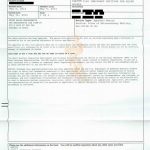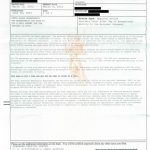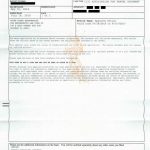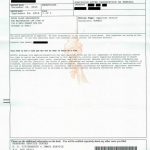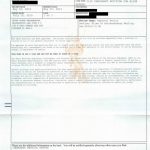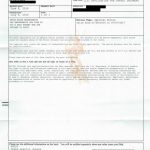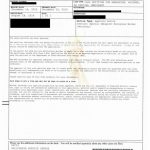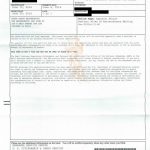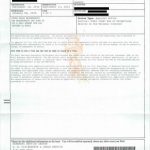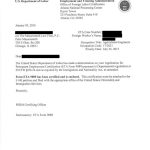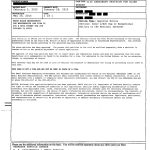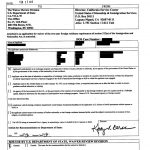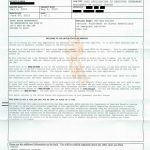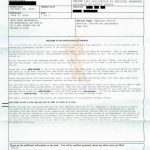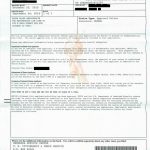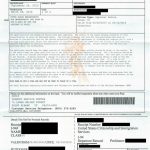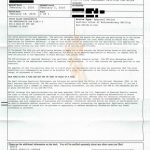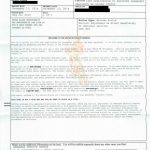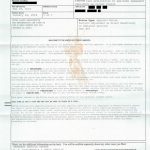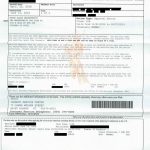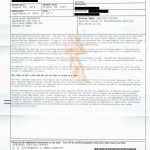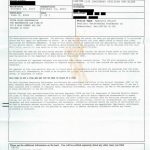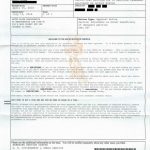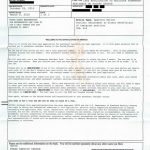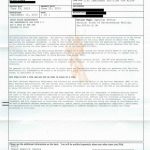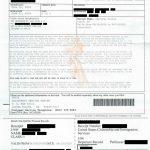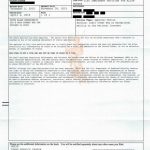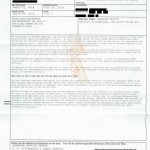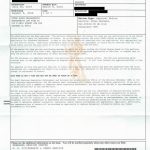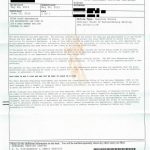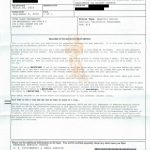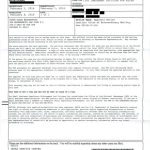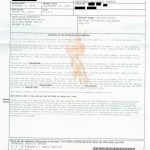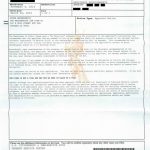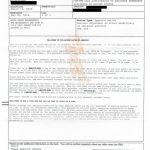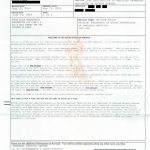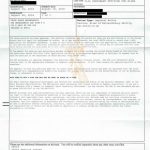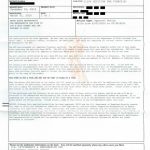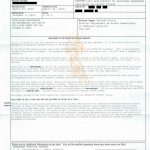Most visa refusals or other application denials are simple denials that do not carry any adverse affects beyond that particular application being denied. However, in some cases, a denial come with other serious repercussions that come with bars to enter the United States. Some of these bars are temporary and could last 5, 10, 15, or 20 years and others carry lifetime bars.
INA 212(d)(3) gives you a path to apply for a temporary waiver of that bar if you would like to enter the US temporarily on a work visa, family visa, or other US visa.
Applications for this US waiver are made on Form I-192 if you are visa exempt (Canadian) or are already in possession of a valid visa. This application is made with CBP, US Customs and Border Protection, at the port of entry. This application generally made in person at a CBP-designated port of entry or a CBP-designated preclearance office. If you are applying for a T Visa or U Visa then the application would be made with USCIS. Once the application is made, the file is reviewed by the Department of Homeland Security and a decision is typically rendered in 6 months.
If you are not visa exempt or do not already have a valid visa then the application is made with the US Embassy when you apply for a visa. This is more difficult and there is a five step process.
Step 1. Apply for a nonimmigrant visa such as a work visa, family visa, or other US visa.
Step 2. Appear in person for the nonimmigrant visa interview and prove your eligibility for the visa.
Step 3. Apply for the INA 212(d)(3) waiver.
Step 4. The Consular Officer must recommend to the Department of Homeland Security that your waiver be approved.
Step 5. The Department of Homeland Security reviews the US waiver application.
Once the Consular officer recommends approval, a decision is typically rendered by the Department of Homeland Security in 6 months.




